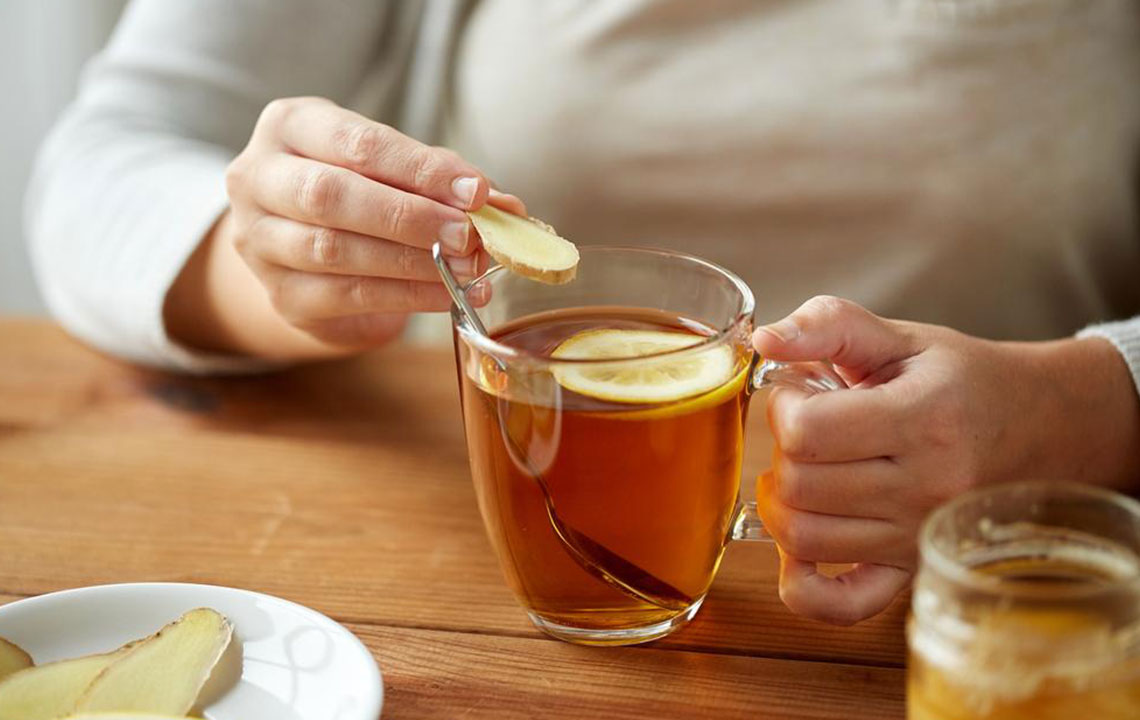Scoliosis Treatment Options and Home Remedies
Scoliosis is a condition or a disorder where there is an abnormal curve in the spine or the backbone. Generally, a normal spine, when looked from the side, should have normal curves but should appear straight when looked from the front. People suffering from scoliosis are seen to have an additional curve on either side of the body, and the bones of the spine start twisting on each other, this twisting leads to the formation of a “C” or “S” shape in the spine. Curvature of the spine being the most common symptom, scoliosis treatment aims to prevent and avoid the spinal curve from getting worse.

The type of treatment depends not only on the cause of scoliosis but also its severity and the risk of curve getting worse. Scoliosis treatment options include bracing, observation, and surgery.
Types of Scoliosis Treatments
- Surgical treatment
With surgery, the curve can be decreased and the spine can be stabilized so that the curve doesn’t get worse. - Nonsurgical treatment
This includes either routine exams by a doctor who then recommends rehabilitation exercises to check for any curve progression. - Bracing
In order to stop the spinal curve from getting worse, the aim of bracing treatment is to apply corrective forces on the spine in order to release the load on the inner part of the curve and push this load on the outer part.
Brace Options
There are two general treatment options for scoliosis bracing:
- Full-time bracing
It is designed to be worn 16-23 hours every day, these braces are to be worn at all times, except when bathing, exercising, and during skin care. - Night-time bracing
Nighttime braces use hyper-corrective forces that help put the body out of normal balance. These braces cannot be applied when a person is performing daily activities or standing or sitting and, thus, have to be worn for eight consecutive hours at night.
Exercise rehabilitation therapy
Rehabilitation therapy is mandatory as it helps reverse the scoliosis disorder. No amount of care is enough if the patient is not willing to invest his faith and energy in the treatment process.
In exercise rehabilitation therapy, since it is important to retrain the postural muscles of the body, vibratory stimulation is induced as it takes priority over the body’s proprioceptive signals and mechanoreceptors. These stimulations help in retraining the postural muscles and relieving pain.
Scoliosis treatment options depend on the severity of the curve and the probability of the condition becoming worse. Therefore, it is ideal to get it checked in order to determine the proper course of treatment.
Functional scoliosis
This disorder is a result of an abnormality that is noticed somewhere else in the body. This type of scoliosis involves a treatment plan that focusses on treating this particular abnormality. An example of functional scoliosis is the difference in leg length. To treat this difference, a small wedge is placed in the shoe, which helps even out the difference. By placing the wedge, the spine can be prevented from curving. People with functional scoliosis do not have a direct problem with the spine but because of an abnormality in some other part of the body, the spine can get affected.
Neuromuscular scoliosis
This type of scoliosis is a result of abnormal development seen in the bones of the spine. Neuromuscular scoliosis often turns out to be the worst, and bracing is used to treat this abnormality. However, in most cases, surgery is recommended to stop the curve from getting worse.
Idiopathic scoliosis
This type of disorder is age-based. Infantile idiopathic scoliosis gets better without any treatment. X-rays are done every 4-6 weeks to determine the progress to determine whether the condition is getting worse. In case the condition deteriorates, plausible measures are implemented.
As seen above, back pain is not strongly associated only with scoliosis. Nevertheless, back pain is experienced with patients suffering from scoliosis and can be eased with physical therapy (done in supervision) such as stretching exercises, massage, and yoga (refrain from twisting and postures that put pressure on the spine). These activities not only relieves the pain but also helps in strengthening muscles of the back. Medical treatment is often limited to pain relievers (no steroidal anti-inflammatory medications (NSAIDs)) and anti-inflammatory injections. These medications, however, do not guarantee a 100% cure for scoliosis and are unable to correct the abnormal curve.
Home remedies for scoliosis
There are different kinds of home remedies styled for patients suffering from scoliosis, such as herbal treatments, diet therapy, physical therapy, and nutritional supplements (L-selenomethionine). Clinicians also recommend the use of a mattress that is adjustable and is composed of memory foam, or cool gel. Patients are advised to speak to an expert before starting any of the home remedies.

